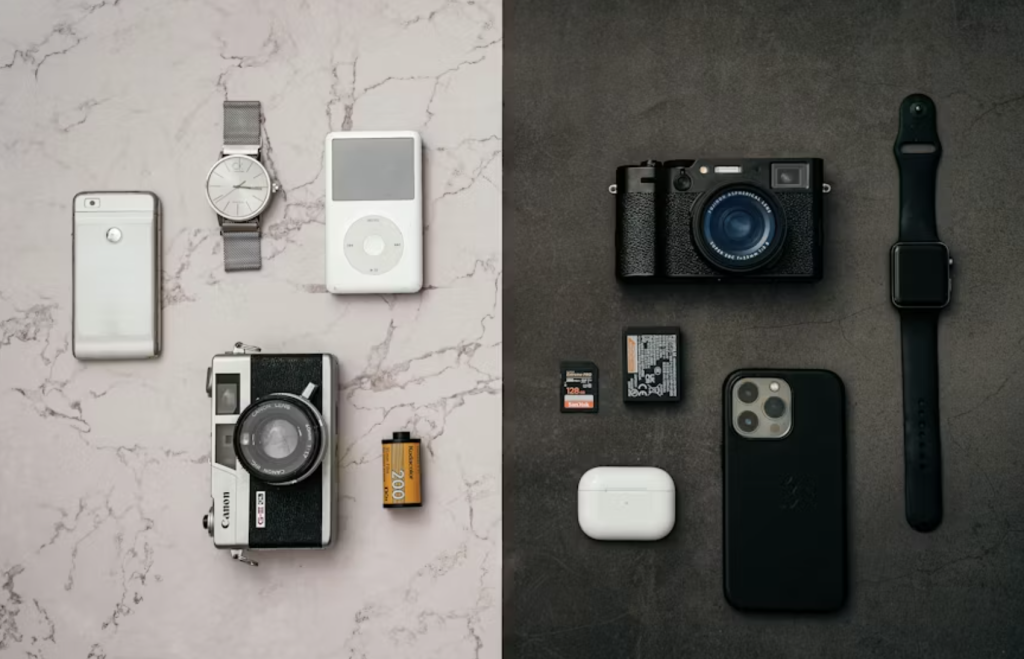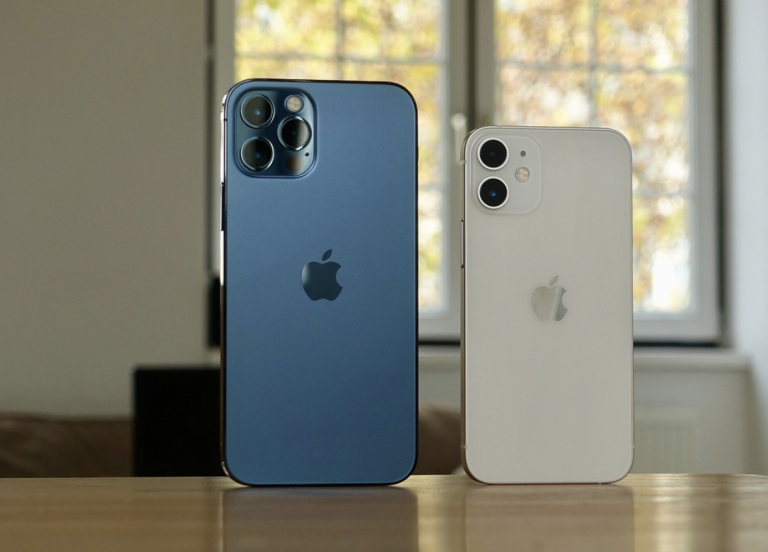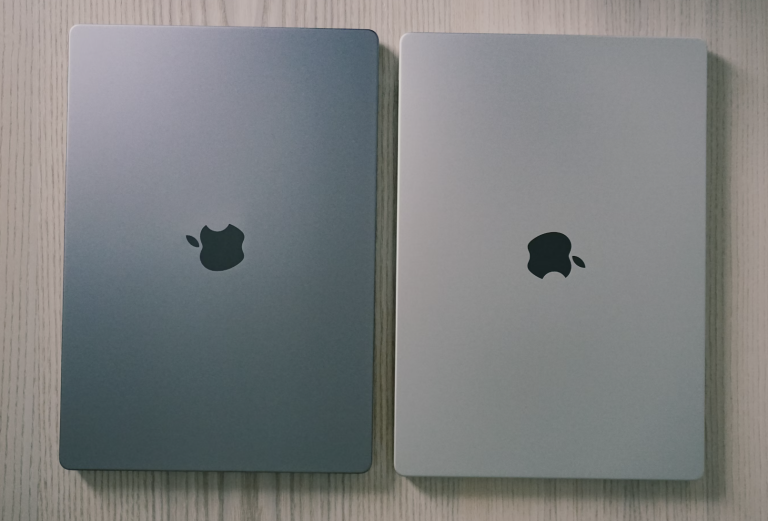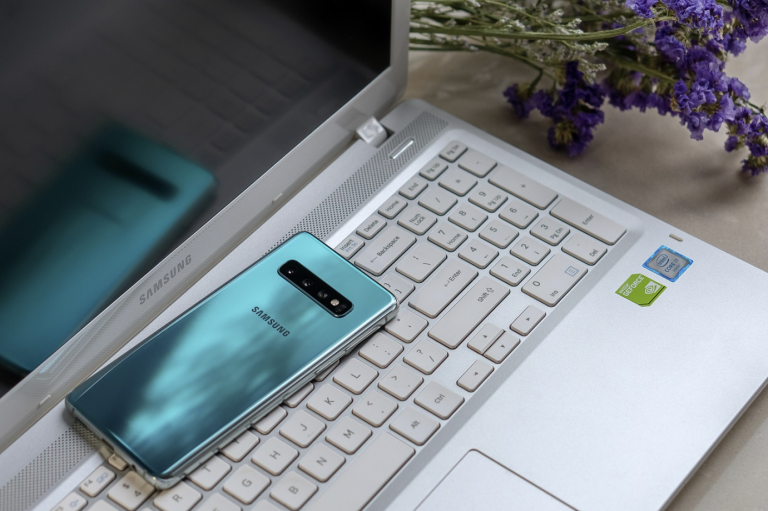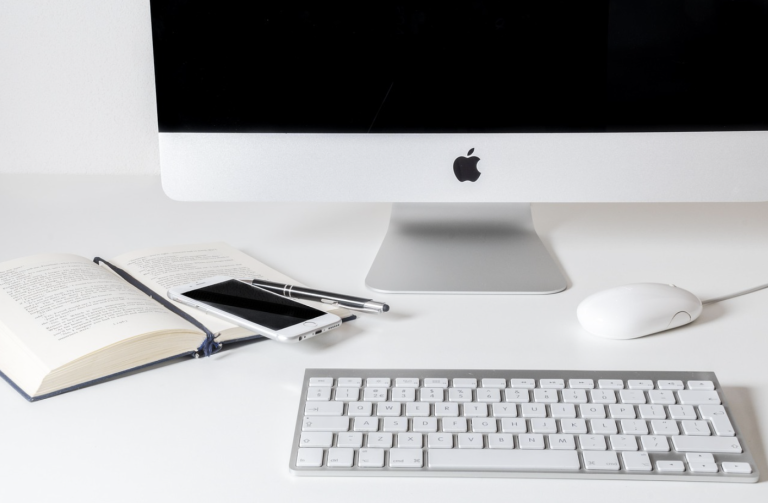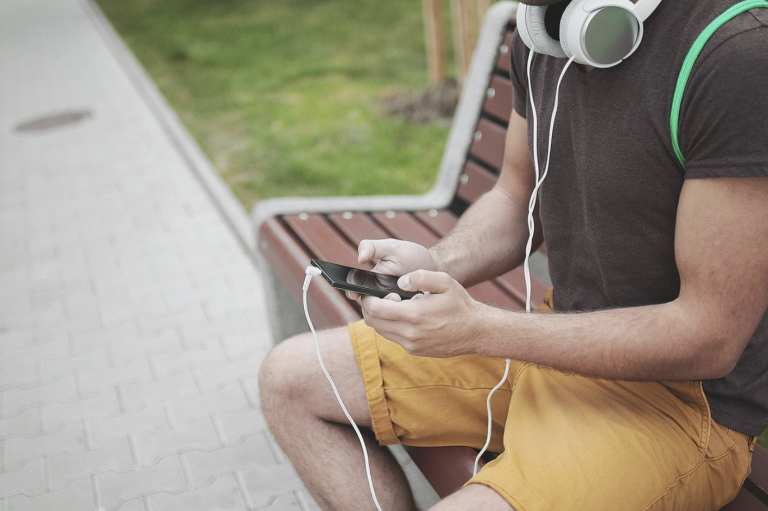
Introduction: The Rise of Smartphone Photography
In the last few years, smartphones have gone from simple communication tools to powerful devices capable of replacing multiple gadgets, including professional cameras. The Google Pixel 8 Pro, with its advanced camera system, promises to take this trend further, challenging the dominance of traditional DSLRs. But can it truly compete with the quality and flexibility of a DSLR camera? Let’s dive into the details of this camera system and see if it has what it takes to stand toe-to-toe with the heavyweights.
Key Features of the Google Pixel 8 Pro Camera
50 MP Primary Sensor
One of the standout features of the Pixel 8 Pro is its 50 MP primary sensor. Google has focused heavily on the quality of this sensor, combining a high resolution with advanced computational processing to produce stunning detail and clarity in photos. This sensor is larger than the one found in the Pixel 7 Pro, which already set a high bar for smartphone photography.
Ultra-Wide Lens and Zoom Capabilities
The Pixel 8 Pro is equipped with an ultra-wide lens that captures more of the scene in one shot. Coupled with an impressive 5x optical zoom, it allows users to take clear, wide-angle shots as well as zoom in on distant subjects without significant loss of detail. This is a feature that comes closer to mimicking the flexibility of a DSLR, which often comes with interchangeable lenses for different purposes.
Enhanced Night Sight and Computational Photography
Google has always been a leader in computational photography, and the Pixel 8 Pro takes things to the next level. Night Sight, which allows users to capture detailed images in low-light conditions, has been significantly improved. The software uses AI to optimize exposure and reduce noise, producing brighter, clearer images that rival DSLR performance in dim environments.
Comparing Pixel 8 Pro to DSLRs
Sensor Size and Image Quality
One of the key differences between the Pixel 8 Pro and DSLRs is the sensor size. DSLR sensors are much larger, which allows them to capture more light and detail, resulting in superior image quality, particularly in low-light situations. However, the Pixel 8 Pro’s computational photography works to overcome this limitation by enhancing images through software processing, delivering sharp and vibrant shots even with its smaller sensor.
Lens Versatility and Optical Zoom
When comparing the versatility of lenses, DSLRs typically win out due to their ability to switch between a wide variety of lenses, from wide-angle to telephoto, offering unparalleled zoom capabilities. The Pixel 8 Pro, while equipped with a 5x optical zoom, still falls short of the sheer variety and depth of field control that interchangeable DSLR lenses provide.
What DSLRs Offer
DSLRs are designed with professional-grade optics and superior manual control over settings like aperture, shutter speed, and ISO. This provides photographers with more creative freedom and control over their images, something that a smartphone, despite its powerful computational abilities, cannot fully replicate.
Performance in Real-World Conditions
Daylight Photography
In daylight, the Pixel 8 Pro excels in producing vibrant, sharp images with true-to-life colors. Its AI-powered image processing ensures that even in complex lighting scenarios, such as backlit or high-contrast environments, the photos remain clear and detailed. However, when compared to a high-end DSLR, the slight differences in dynamic range and fine detail are noticeable—especially when zoomed in.
Low-Light Performance
Where the Pixel 8 Pro truly shines is in low-light conditions. Thanks to its advanced Night Sight feature, the smartphone is capable of producing bright, detailed images with minimal noise in near darkness. This is where DSLRs typically struggle without specialized lenses or higher ISO settings. The Pixel 8 Pro makes it easy for casual photographers to capture professional-looking low-light shots without the need for a tripod or long exposure times.
Portraits and Depth of Field Control
While the Pixel 8 Pro offers impressive portrait shots with natural-looking bokeh, DSLRs still have the edge when it comes to true depth of field control. DSLRs with large sensors and fast lenses can achieve a level of background blur (bokeh) that is more difficult to replicate in a smartphone, especially in very shallow depth-of-field situations.
Software: AI and Computational Photography at Work
Google’s Computational Edge: From HDR to Portrait Mode
Google’s strength lies in its computational photography. The Pixel 8 Pro uses AI to intelligently enhance images, adjusting everything from color balance to dynamic range. Features like HDR+ and Smart HDR help bring out the details in both highlights and shadows, ensuring that even in challenging lighting conditions, your photos look balanced and lifelike. Portrait Mode also benefits from Google’s software, producing sharp subjects with a beautifully blurred background—without the need for a physical depth-of-field lens.
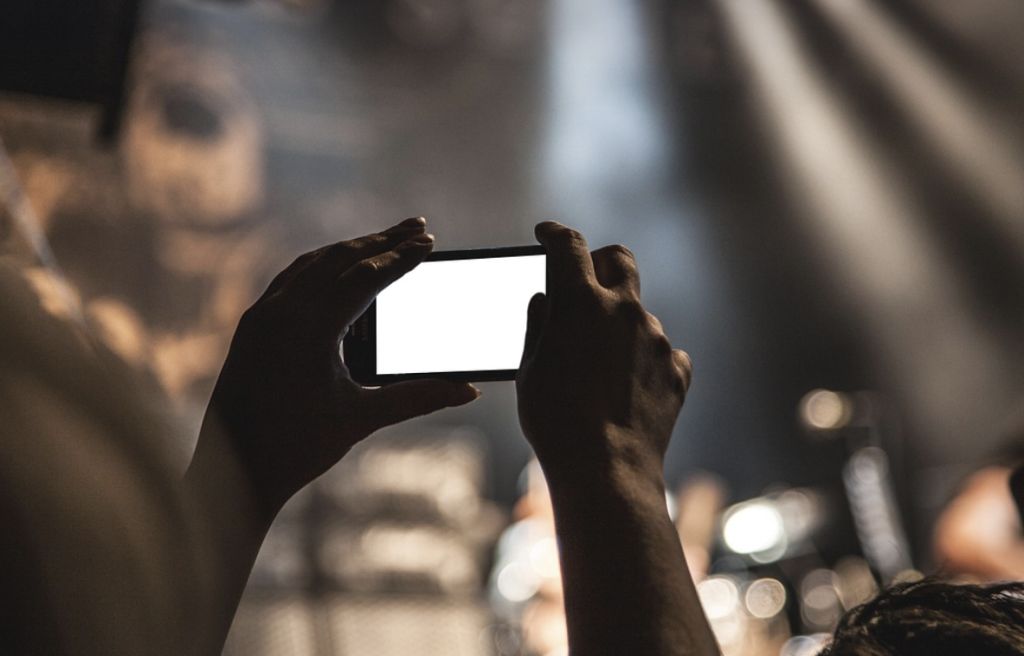
Battery and Processing Power for Photography
The Role of Google Tensor in Image Processing
The Google Tensor chip plays a critical role in the Pixel 8 Pro’s image processing. It enables faster and more efficient handling of complex tasks like real-time video editing, computational photography, and AI enhancements. This processing power ensures that the camera performs exceptionally well, even during continuous shooting or when capturing high-quality video, without draining the battery too quickly.
The Verdict: Can It Beat DSLRs?
Why the Pixel 8 Pro Can Challenge DSLRs
The Pixel 8 Pro is a testament to how far smartphone cameras have come. Thanks to its advanced software and powerful hardware, it offers a level of photo quality that can rival mid-range DSLRs, especially for casual or travel photographers who don’t want the bulk of a traditional camera. The convenience of having a high-quality camera always on hand, coupled with the ease of use and powerful AI-driven features, makes it an appealing choice for many.
Where DSLRs Still Hold the Advantage
However, DSLRs still hold the advantage when it comes to raw image quality, versatility, and creative control. Professional photographers will likely still prefer the control over settings, depth of field, and lens variety that DSLRs provide. The Pixel 8 Pro’s sensor, despite being excellent, still cannot match the sheer size and capability of a DSLR sensor, especially in extreme low-light situations or for studio-grade work.

Conclusion: The Future of Smartphone Photography
Smartphone cameras like the Google Pixel 8 Pro have dramatically closed the gap with traditional cameras. With advancements in AI, software processing, and sensor technology, smartphones are now capable of producing images that rival DSLRs in many situations. However, for professional-grade photography and maximum creative control, DSLRs still maintain their edge. As smartphone camera technology continues to evolve, the line between them and traditional cameras will continue to blur.
FAQs
- Can the Google Pixel 8 Pro replace a DSLR?
- The Pixel 8 Pro is an excellent choice for casual photographers and those who prioritize convenience. While it can match DSLR performance in many areas, DSLRs still offer superior lens versatility and manual control.
- What makes the Pixel 8 Pro camera stand out?
- Its combination of a 50 MP primary sensor, advanced Night Sight, and AI-driven computational photography gives it a unique edge in smartphone photography.
- Does the Pixel 8 Pro perform well in low light?
- Yes, the Pixel 8 Pro excels in low-light environments thanks to its enhanced Night Sight feature, which uses AI to reduce noise and brighten images.
- How does the Pixel 8 Pro compare to other smartphones?
- The Pixel 8 Pro stands out with its superior image processing, sharp details, and vibrant colors, especially in challenging lighting conditions.
- Is the Pixel 8 Pro suitable for professional photography?
- While it offers impressive quality, professionals who need full control over their images and a range of lenses will still prefer DSLRs. However, the Pixel 8 Pro is perfect for on-the-go photography and everyday use.
